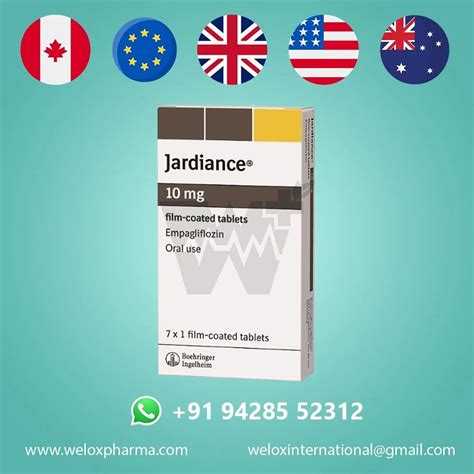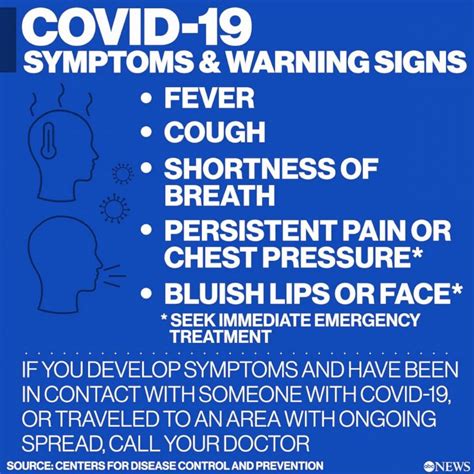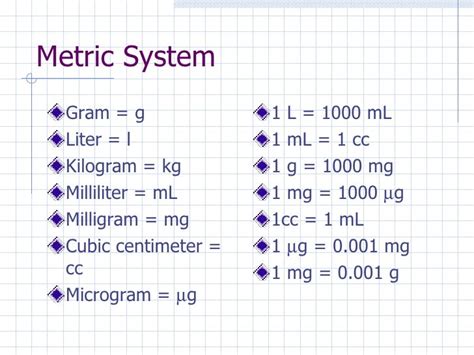Empagliflozin, marketed under the brand name Jardiance, is a medication primarily used to treat type 2 diabetes. However, its benefits extend beyond blood sugar control, as it has been shown to significantly reduce the risk of heart disease in patients with established cardiovascular disease or multiple risk factors for cardiovascular disease. The 10 mg dose of Jardiance has been studied extensively in clinical trials, demonstrating its efficacy in not only managing diabetes but also in providing cardiovascular protection.
Introduction to Empagliflozin
Empagliflozin belongs to a class of drugs known as sodium-glucose cotransporter 2 (SGLT2) inhibitors. It works by inhibiting the reabsorption of glucose in the kidneys, leading to the excretion of excess glucose in the urine. This mechanism of action results in lower blood glucose levels without increasing insulin secretion, which is beneficial for patients with type 2 diabetes. Moreover, the unique way empagliflozin works has been associated with several cardiovascular benefits, including reductions in blood pressure, body weight, and hemoglobin A1c levels, all of which contribute to a lowered risk of heart disease.
Clinical Evidence for Cardiovascular Benefit
The landmark EMPA-REG OUTCOME trial was pivotal in establishing the cardiovascular benefits of empagliflozin. This trial enrolled over 7,000 patients with type 2 diabetes and established cardiovascular disease. Participants were randomly assigned to receive either empagliflozin (10 mg or 25 mg daily) or a placebo, in addition to their standard care. The results of the trial showed that empagliflozin significantly reduced the risk of major adverse cardiovascular events (MACE), including cardiovascular death, nonfatal myocardial infarction, and nonfatal stroke, compared to placebo. Specifically, the 10 mg dose demonstrated a significant reduction in these events, highlighting its efficacy in reducing heart disease risk.
Mechanisms Behind Cardiovascular Protection
While the exact mechanisms by which empagliflozin exerts its cardiovascular benefits are not fully understood, several factors are thought to contribute. These include:
- Reduced Blood Pressure: Empagliflozin has been shown to lower blood pressure in patients with hypertension, which is a major risk factor for heart disease.
- Weight Loss: The drug facilitates weight loss, which can lead to improvements in blood pressure, lipid profiles, and overall cardiovascular health.
- Improved Glycemic Control: Effective management of blood glucose levels reduces the risk of diabetic complications, including cardiovascular disease.
- Reduced Albuminuria: Empagliflozin decreases the amount of albumin (a protein) in the urine, which is a marker of kidney damage and a predictor of cardiovascular events.
- Increased Hematocrit: The drug may lead to an increase in hematocrit (the proportion of blood volume made up by red blood cells), which could improve oxygen delivery to tissues, including the heart.
Safety and Tolerability
The safety and tolerability of empagliflozin 10 mg have been evaluated in numerous clinical trials. Common adverse effects associated with its use include genital mycotic infections, urinary tract infections, and increased urination, due to its mechanism of action. However, the overall risk-benefit profile of empagliflozin, particularly in regards to its cardiovascular benefits, is favorable for many patients with type 2 diabetes.
Practical Application and Considerations
For healthcare providers considering Jardiance 10 mg for patients, several factors should be taken into account:
- Indications: Beyond its use in type 2 diabetes management, empagliflozin is indicated to reduce the risk of cardiovascular death in adults with type 2 diabetes and established cardiovascular disease.
- Dosage: The recommended dosage is 10 mg once daily, taken in the morning, with or without food.
- Contraindications and Warnings: Empagliflozin is contraindicated in patients with severe renal impairment, end-stage renal disease, or those on dialysis. It should be used with caution in patients with a history of pancreatic disease or hypersensitivity reactions.
- Patient Education: Patients should be advised on the signs and symptoms of potential side effects, such as genital mycotic infections and urinary tract infections, and encouraged to report any concerns promptly.
Future Directions
The discovery of empagliflozin’s cardiovascular benefits has opened new avenues for research into the management of type 2 diabetes and cardiovascular disease. Ongoing and future studies will continue to elucidate the mechanisms behind these benefits and explore the potential of SGLT2 inhibitors in a broader range of patients, including those without diabetes but at high risk of cardiovascular events.
Conclusion
In conclusion, Jardiance 10 mg, or empagliflozin, represents a significant advancement in the management of type 2 diabetes, offering not only effective glycemic control but also a profound reduction in the risk of heart disease. Its unique mechanism of action, coupled with its ability to address multiple cardiovascular risk factors, positions empagliflozin as a valuable therapeutic option for patients with type 2 diabetes and established cardiovascular disease or those at high risk of cardiovascular events.
FAQs
What is Jardiance used for?
+Jardiance (empagliflozin) is used to improve blood sugar control in adults with type 2 diabetes and to reduce the risk of cardiovascular death in adults with type 2 diabetes and established cardiovascular disease.
How does Jardiance work?
+Jardiance works by inhibiting the reabsorption of glucose in the kidneys, leading to the excretion of excess glucose in the urine, which lowers blood glucose levels without increasing insulin secretion.
What are the common side effects of Jardiance?
+Common side effects include genital mycotic infections, urinary tract infections, and increased urination. Patients should be advised to report any side effects promptly.
Can Jardiance be used in patients with kidney problems?
+Jardiance should be used with caution in patients with kidney problems. It is contraindicated in patients with severe renal impairment, end-stage renal disease, or those on dialysis.
How should Jardiance be taken?
+Jardiance should be taken once daily, in the morning, with or without food, as directed by a healthcare provider.
What is the significance of the EMPA-REG OUTCOME trial?
+The EMPA-REG OUTCOME trial was a landmark study that demonstrated the cardiovascular benefits of empagliflozin, showing a significant reduction in major adverse cardiovascular events in patients with type 2 diabetes and established cardiovascular disease.


